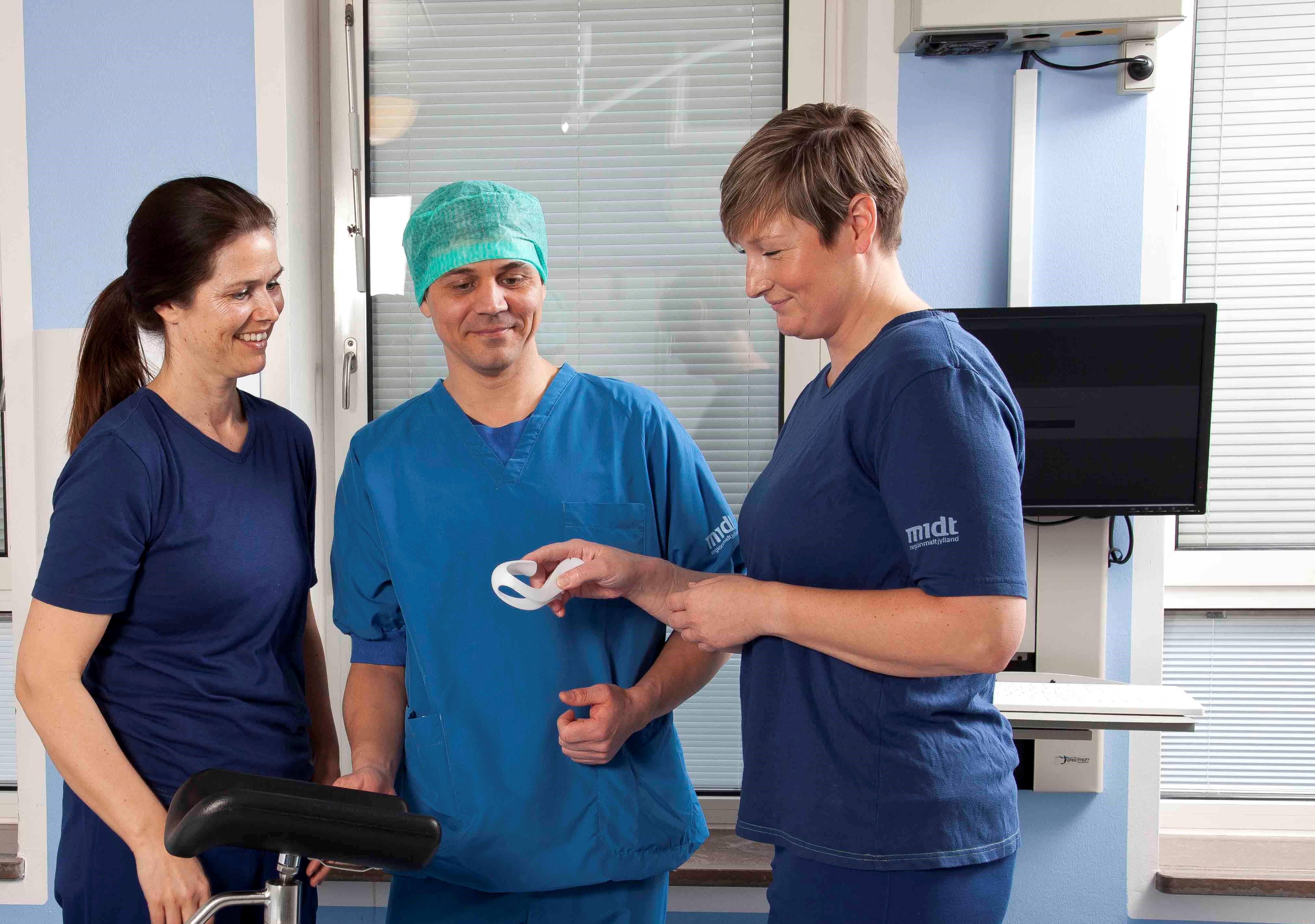Living with faecal urgency: A post-vaginal delivery guide
Leave a CommentBlog Introduction: After having a baby, there is so much to learn. From nappy changing and feeding to knowing when it’s time to call the doctor—there are a lot of new skills and information to take in. One thing that many mothers don’t think about is faecal urgency. This is especially true for those who have had a vaginal delivery because of the changes that occur in the pelvic floor muscles afterward. Let’s look at what you need to know about living with faecal urgency post vaginal delivery. Off course this is not a routine side effect of vaginal birth but a rare usually manageable/treatable one.
What Is Faecal Urgency?
Faecal urgency is an intense urge to defecate (have your bowels open) that can come on suddenly and cannot be ignored or delayed for very long. It is caused by weakened pelvic floor muscles and can be very uncomfortable and lead to real anxiety. It can also lead to involuntary loss of bowel control if left untreated, which can be embarrassing and stressful for new mothers who are already dealing with a lot of change.
How Can I Manage Faecal Urgency?
The first step in managing faecal urgency is understanding why it’s happening in the first place. The biggest factor is weakened pelvic floor muscles due to childbirth—especially if you had a vaginal delivery. These muscles help keep our bowels closed until they are ready to open and release waste, but after pregnancy, they are stretched out and may not work as well as before.
To manage faecal urgency, it’s important to do some exercises specifically tailored for strengthening your pelvic floor muscles. There are lots of resources online (and your midwife should be able to provide some guidance) some apps like the NHS “squeezy” app will send notifications to your phone to remind you to do a set of exercises, they will help you identify the best exercises for your needs and how often you should be doing them in order to see results quickly. Additionally, eating high-fiber foods like fruits, vegetables, nuts, seeds, and whole grains can help reduce symptoms associated with faecal urgency such as constipation or diarrhea because they make it easier for waste material to pass through your system naturally without straining or pain during elimination. Perhaps keep a food diary and see if there is a link between what you are eating and the faecal urgency you are encountering.
Conclusion:
Living with faecal urgency post vaginal delivery can feel overwhelming at first—but it doesn’t have to stay that way! By understanding why this condition happens and taking proactive steps like exercising your pelvic floor muscles regularly and eating high-fiber foods, you’ll be able to manage symptoms more effectively so that you can get back to focusing on enjoying life with your new little one! Remember this symptom is very unlikely to lats forever.
The information found anywhere on this website, including but not limited to text, graphics, images and any other material therewith is for information purposes only. No material on this website is intended to be a substitute for professional personalised medical advice, diagnosis or treatment. By providing the information contained herein we are not diagnosing, treating, curing, mitigating or preventing any type of disease or medical condition. Always seek the advice from a registered health care professional if you have any questions regarding any medical concerns or conditions. Do not disregard professional medical advice or delay in seeking it because of something you have read on this website.

